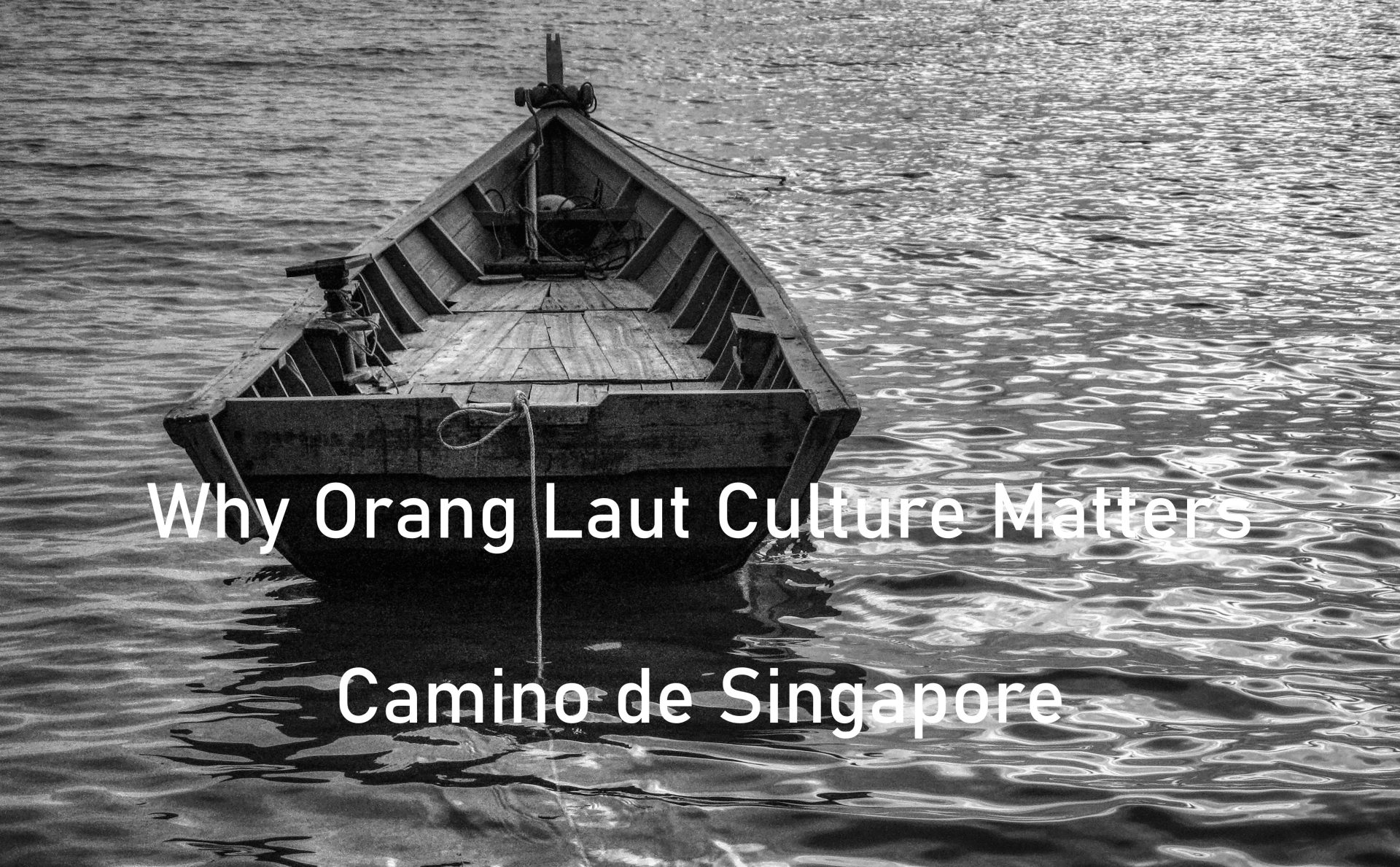No products in the cart.

What comes to your mind when you hear the name “Semakau Island”? Like most people, you would probably think of landfills. The eastern part of the island is where incinerated trash from all over Singapore is disposed of.
But decades ago, a community, which belonged to an indigenous group collectively called Orang Laut, or Sea People, used to call the island home. Their history and culture are now at risk of disappearing.
In the encyclical Laudato Si’, the late Pope Francis wrote. “The disappearance of a culture can be just as serious, or even more serious, than the disappearance of a species of plant or animal.” Why does the Church care about a culture at risk of disappearing?
Before we go into that, some context can help us understand the issue better.
We call the Orang Laut communities indigenous because they began living in the islands surrounding Singapore’s mainland long before Singapore’s main ethnic groups migrated here. They eventually settled down permanently in islands such as Semakau before relocating to mainland Singapore for development reasons. (For the community living in Semakau, it was to make way for Semakau Landfill.) Assimilating to the culture of mainland Singapore, however, came at a cost. Over time, their descendants adapted and their original culture began to be forgotten.
For this reason, Islanders’ Day was organised on 14 June to celebrate the heritage of the Orang Laut in Singapore. It was also an opportunity for the Minister of Education, Desmond Lee, to announce the establishment of a group to collaborate with their representatives because it is important for Singapore to understand its diverse history in order to move forward.
So why should Catholics care about this?
The social teaching tradition of the Church has always maintained that every person is made in the image of God, possessing infinite dignity. Consequentially, the culture created by a community of persons made in the image of God should also be respected, especially when it shapes the community’s identity and helps them to arrive at their fulfilment. This is why the Church teaches in Laudato Si’ that an integrated ecology involves “protecting the cultural treasures of humanity” and that culture is “a living, dynamic and participatory present reality”. In short, local human culture is precious in itself.
Moreover, there is a need to pay special attention when it comes to indigenous communities. Laudato Si’ tells us that an indigenous group is not just a minority like the other smaller ethnic groups. Rather, they should be the “principal dialogue partners” when it comes to development projects. This is because as a community who has lived in the land longer than others, any kind of national or commercial projects, even when necessary and good, would affect them more than any others. In the case of the Semakau community, they did not only relocate, but they also changed their way of life to one that is closer to an urban dweller than an islander’s. The Church is always most interested in those who are most affected or vulnerable.
Balancing necessary development projects and preservation of culture is seldom an easy task. But we can do our part. One way is to find out more and spread the word so others also have the opportunity to know about precious cultures at risk of being forgotten. As a start, we can begin to find out more about what happened on Islanders’ Day.
Related News
Erwin Susanto works for Caritas Singapore. He enjoys arcane conversations on the Old Testament/Hebrew Bible in the context of the Ancient Near East. He enjoys thinking about all sorts of contemporary issues and often wonders if punditry is fun.
